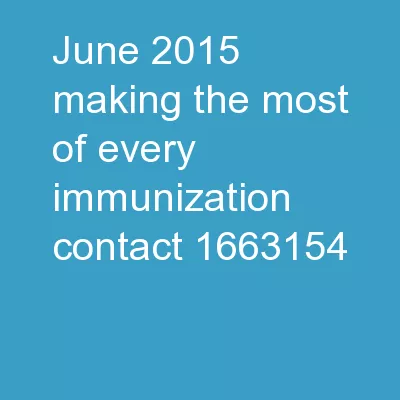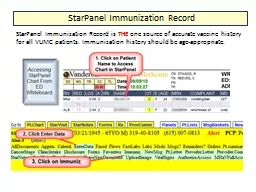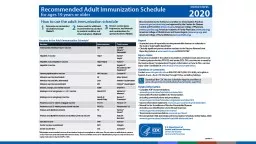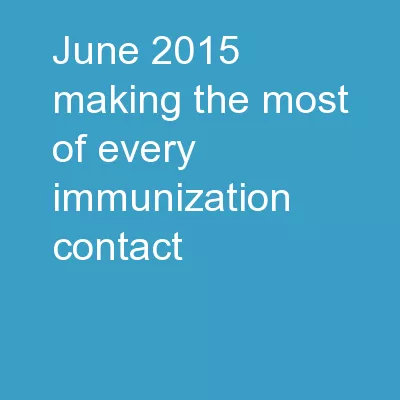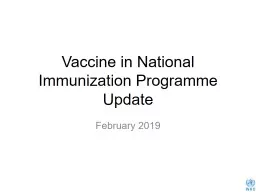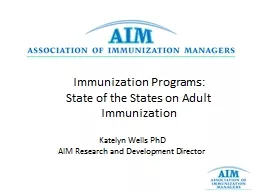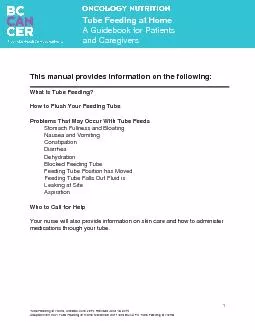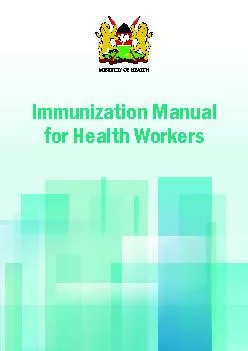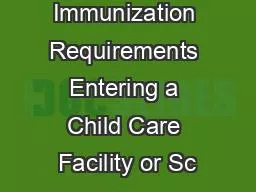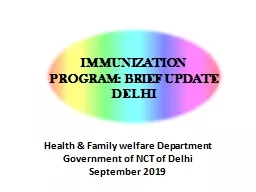PPT-June 2015 Making the most of every immunization contact
Author : stefany-barnette | Published Date : 2019-02-09
Practical considerations for the successful introduction of Inactivated Polio Vaccine IPV 2 Contents What are the WHO recommendations How to successfully introduce
Presentation Embed Code
Download Presentation
Download Presentation The PPT/PDF document "June 2015 Making the most of every immun..." is the property of its rightful owner. Permission is granted to download and print the materials on this website for personal, non-commercial use only, and to display it on your personal computer provided you do not modify the materials and that you retain all copyright notices contained in the materials. By downloading content from our website, you accept the terms of this agreement.
June 2015 Making the most of every immunization contact: Transcript
Download Rules Of Document
"June 2015 Making the most of every immunization contact"The content belongs to its owner. You may download and print it for personal use, without modification, and keep all copyright notices. By downloading, you agree to these terms.
Related Documents

